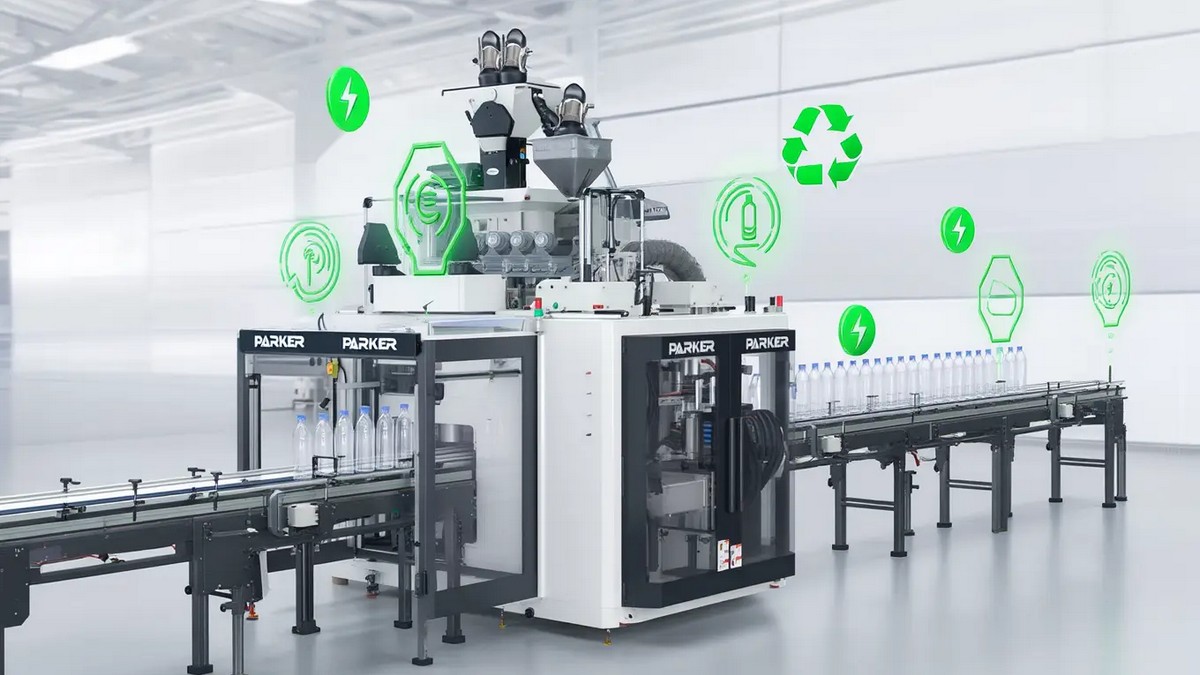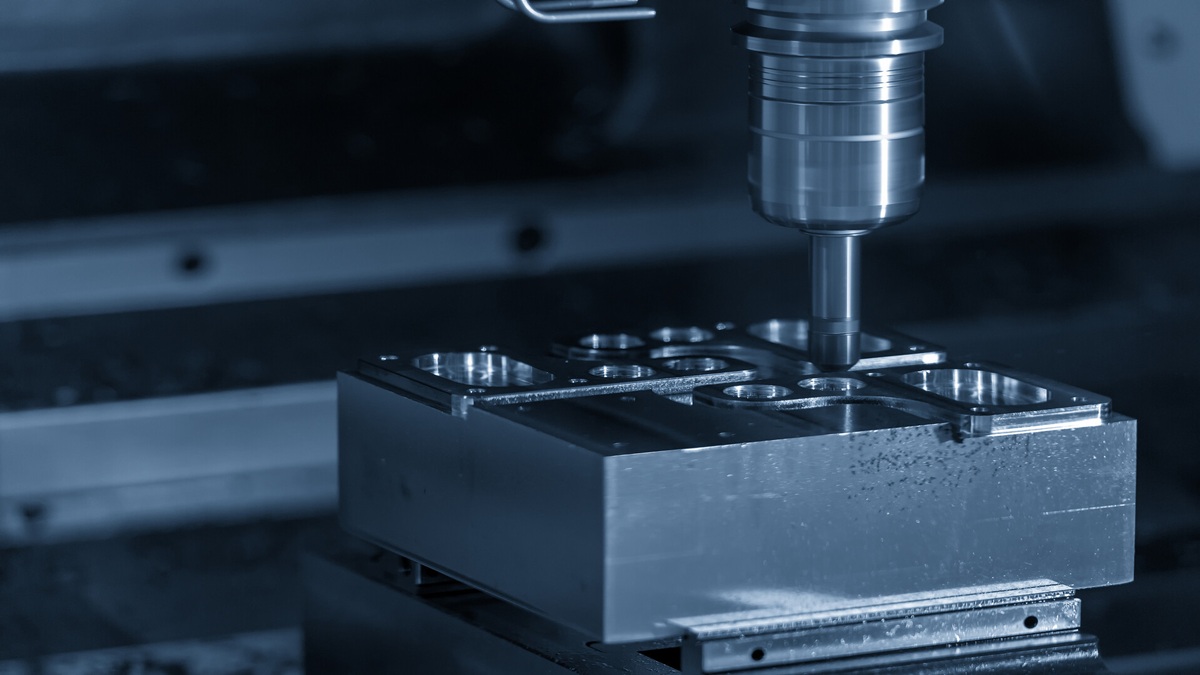In recent years, the healthcare industry has witnessed a significant transformation with the introduction of wearable medical devices. These devices have revolutionized the way individuals monitor and manage their health, providing real-time data and insights that were previously unavailable outside of clinical settings. From fitness trackers to continuous glucose monitors (CGMs) and wearable ECG monitors, the range of wearable medical devices available today is vast and diverse, each serving specific purposes and catering to different healthcare needs.
Fitness Trackers: Keeping Health at Your Fingertips
Fitness trackers are perhaps the most ubiquitous form of wearable medical devices, commonly worn on the wrist like a watch. These devices utilize sensors such as accelerometers and heart rate monitors to track various aspects of physical activity and health metrics. They can monitor steps taken, distance traveled, calories burned, sleep patterns, and even heart rate variability.
One of the key features of fitness trackers is their ability to provide real-time feedback and encourage users to stay active throughout the day. Many devices come with companion mobile apps that analyze the collected data, set goals, and provide insights into overall health and fitness trends. Some advanced fitness trackers also offer GPS tracking for outdoor activities and water resistance for swimming.
Smartwatches with Health Features: Beyond Timekeeping
Smartwatches have evolved beyond their traditional role as timekeeping devices to become sophisticated health companions. These devices integrate various health features such as heart rate monitoring, ECG (electrocardiogram) capabilities, blood oxygen level monitoring (SpO2), and even fall detection.
For example, smartwatches equipped with ECG sensors can detect irregular heart rhythms such as atrial fibrillation (AFib) and provide valuable data to healthcare professionals for diagnosis and treatment. Blood oxygen monitoring is particularly useful for assessing respiratory health and detecting potential issues like sleep apnea.
Additionally, smartwatches often incorporate wellness apps that offer guided meditation, stress management techniques, and sleep tracking to promote overall well-being.
Continuous Glucose Monitors (CGMs): Transforming Diabetes Management
For individuals with diabetes, continuous glucose monitors (CGMs) have been game-changers in managing blood sugar levels. These wearable devices use tiny sensors inserted under the skin to measure glucose levels in interstitial fluid throughout the day and night.
CGMs provide real-time data on blood glucose trends, helping users make informed decisions about insulin dosing, diet, and physical activity. They can alert users to potential hypoglycemia (low blood sugar) or hyperglycemia (high blood sugar) episodes, allowing for timely interventions and improved glycemic control.
Integration with smartphone apps and cloud-based platforms enables data sharing with healthcare providers, leading to personalized diabetes management plans and better outcomes for patients.
Wearable ECG Monitors: Detecting Cardiac Abnormalities
Wearable ECG monitors are designed to monitor the electrical activity of the heart continuously. These devices are often worn as chest straps or patches and can detect abnormalities such as arrhythmias, palpitations, and atrial fibrillation.
One of the advantages of wearable ECG monitors is their ability to capture data during daily activities, providing a comprehensive view of heart health beyond the confines of a clinical setting. Users can record ECG tracings during symptoms or irregularities and share the data with healthcare professionals for analysis and diagnosis.
Some wearable ECG monitors also offer features like heart rate variability analysis, stress tracking, and personalized heart health insights.
Wearable Blood Pressure Monitors: Tracking Hypertension On the Go
Hypertension, or high blood pressure, is a common cardiovascular condition that requires regular monitoring. Wearable blood pressure monitors offer a convenient solution for tracking blood pressure trends throughout the day.
These devices typically use oscillometric or photoplethysmography (PPG) technology to measure blood pressure non-invasively. They can be worn on the wrist or upper arm and provide systolic, diastolic, and pulse rate readings.
By continuously monitoring blood pressure, users can identify patterns, track changes in response to medication or lifestyle modifications, and share data with healthcare providers for better management of hypertension.
Design and Manufacturing of Wearable Medical Devices
The design and manufacturing process of wearable medical devices involve interdisciplinary collaboration between engineers, designers, healthcare professionals, and regulatory experts. Key considerations include:
User-Centric Design: Wearable devices must be comfortable, lightweight, and aesthetically pleasing to encourage long-term wear and adherence. Factors such as ergonomics, materials, and ease of use play a crucial role in design.
Sensor Technology: Advanced sensors such as accelerometers, gyroscopes, optical sensors, and bioimpedance sensors are integrated into wearable devices to collect accurate data. Miniaturization and power efficiency are essential for sensor design.
Data Connectivity: Most wearable medical devices leverage wireless connectivity technologies such as Bluetooth, Wi-Fi, or cellular networks to sync data with smartphones, tablets, or cloud platforms. Data security and privacy protocols are paramount.
Battery Life: Long battery life is essential for uninterrupted monitoring. Manufacturers employ energy-efficient components and optimize power management algorithms to extend battery performance.
Regulatory Compliance: Wearable medical devices must comply with regulatory standards and undergo rigorous testing for safety, accuracy, and reliability. Certification processes such as FDA approval (for the U.S. market) ensure product quality and efficacy.
Special Features in Wearable Medical Devices
Innovations in wearable medical devices have led to the incorporation of several special features that enhance functionality and usability:
Artificial Intelligence (AI) Integration: AI algorithms analyze vast amounts of data collected by wearable devices to provide personalized insights, predictive analytics, and early disease detection.
Remote Monitoring: Wearable devices enable remote patient monitoring, allowing healthcare providers to track vital signs, medication adherence, and disease progression in real time, especially useful for chronic conditions and postoperative care.
Customizable Alerts: Users can set customized alerts and notifications based on predefined thresholds for vital signs, medication reminders, and activity goals, enhancing engagement and compliance.
Gamification and Behavioral Incentives: Gamified elements such as challenges, rewards, and social interactions motivate users to adopt healthy behaviors, exercise regularly, and adhere to treatment plans.
Unique Applications for Wearable Medical Devices
The versatility of wearable medical devices has spurred innovative applications across various healthcare domains:
Telemedicine and Virtual Care: Wearable devices facilitate virtual consultations, telemonitoring, and telehealth services, enabling seamless communication between patients and healthcare providers regardless of geographical barriers.
Clinical Research and Trials: Researchers leverage wearable devices in clinical trials to collect real-world data, monitor participant compliance, and assess the efficacy of interventions, accelerating medical research and drug development.
Senior Care and Aging Population: Wearable devices tailored for older adults offer fall detection, medication reminders, GPS tracking, and emergency alert features, promoting independent living and caregiver support.
Sports Medicine and Performance Optimization: Athletes and sports professionals use wearable devices to monitor performance metrics, track recovery, prevent injuries, and optimize training regimens based on biometric data.
Mental Health Monitoring: Wearable sensors combined with AI algorithms can detect changes in physiological markers associated with stress, anxiety, and depression, providing early intervention and personalized mental health support.
In conclusion, wearable medical devices represent a paradigm shift in healthcare delivery, empowering individuals to take proactive control of their health, improving clinical outcomes, and driving innovation across the healthcare ecosystem. With ongoing advancements in technology, design, and applications, wearable devices are poised to play an increasingly pivotal role in personalized medicine, preventive care, and healthcare accessibility worldwide.







.jpg)
.jpg)
.jpg)

.jpg)

點-m-90454917_m.jpg)
